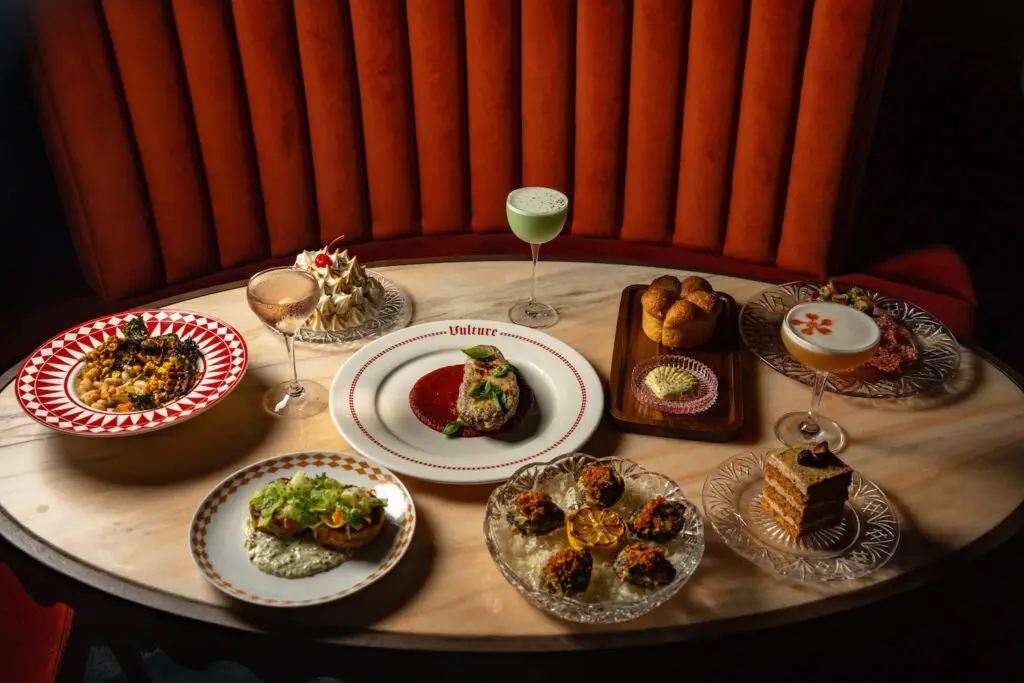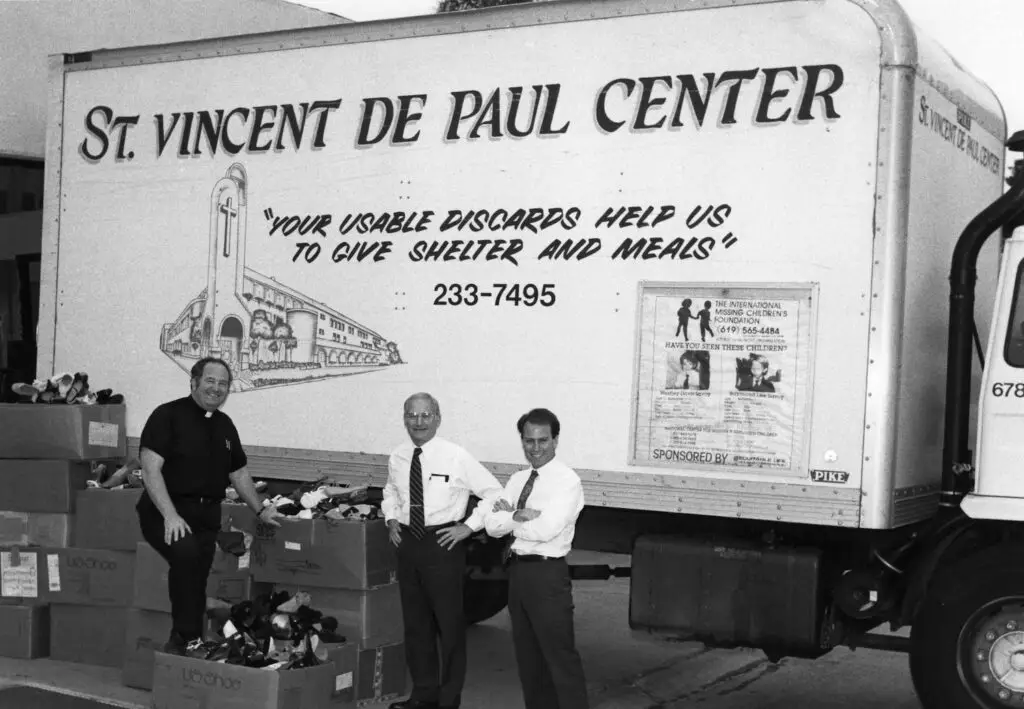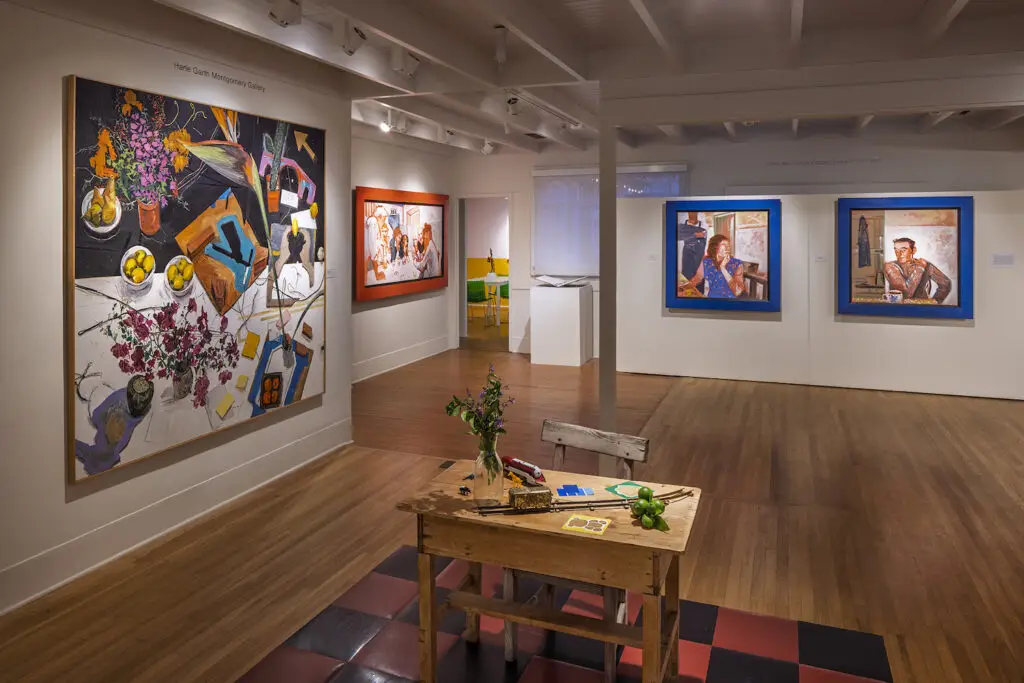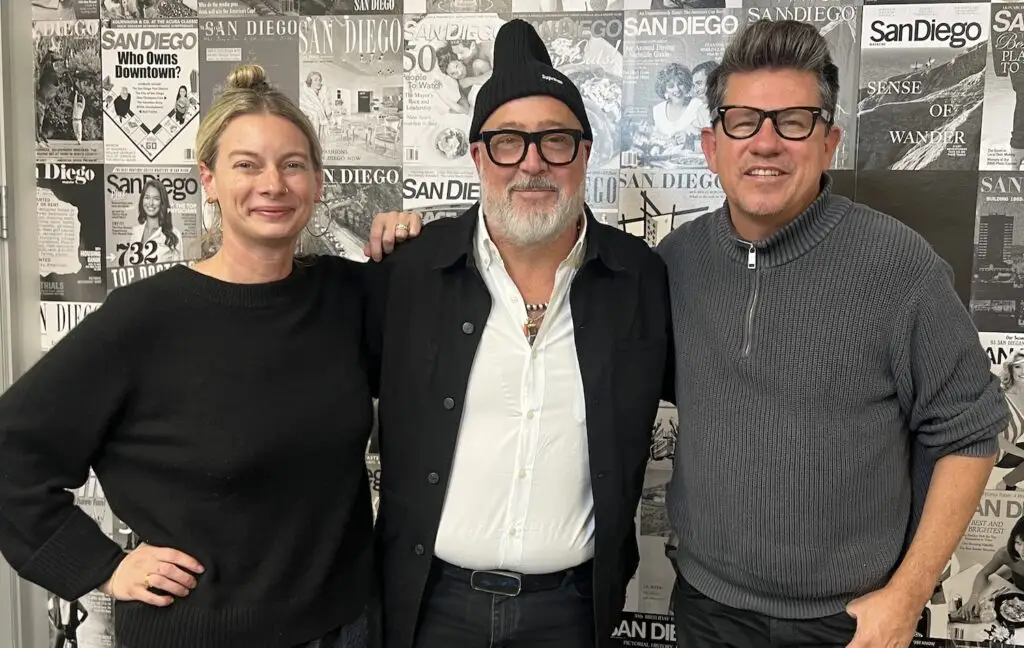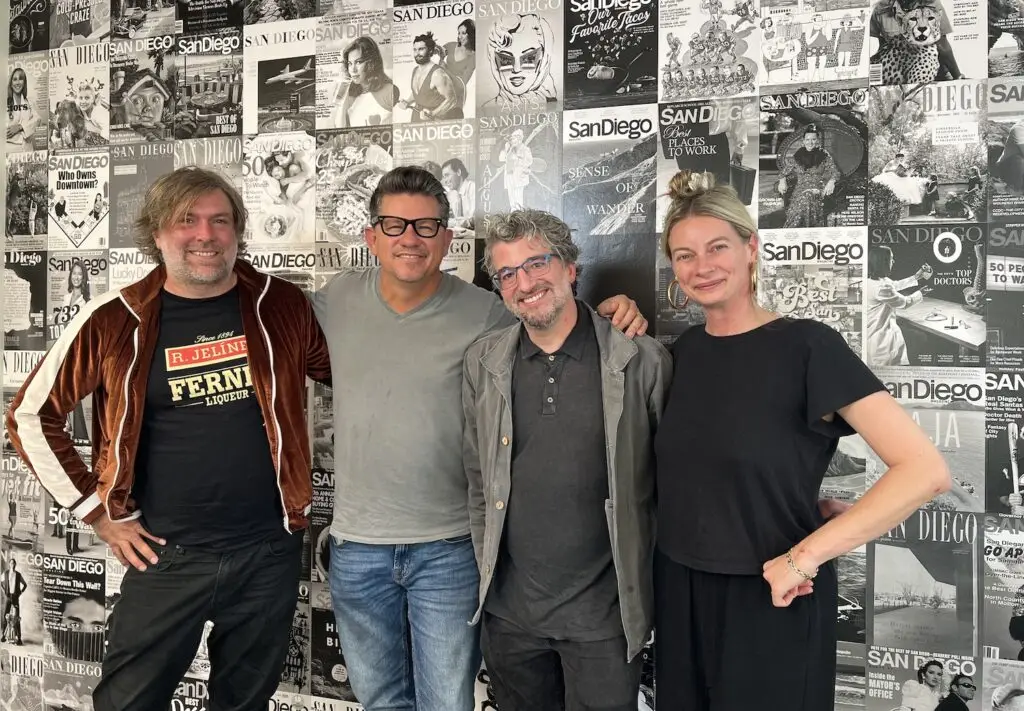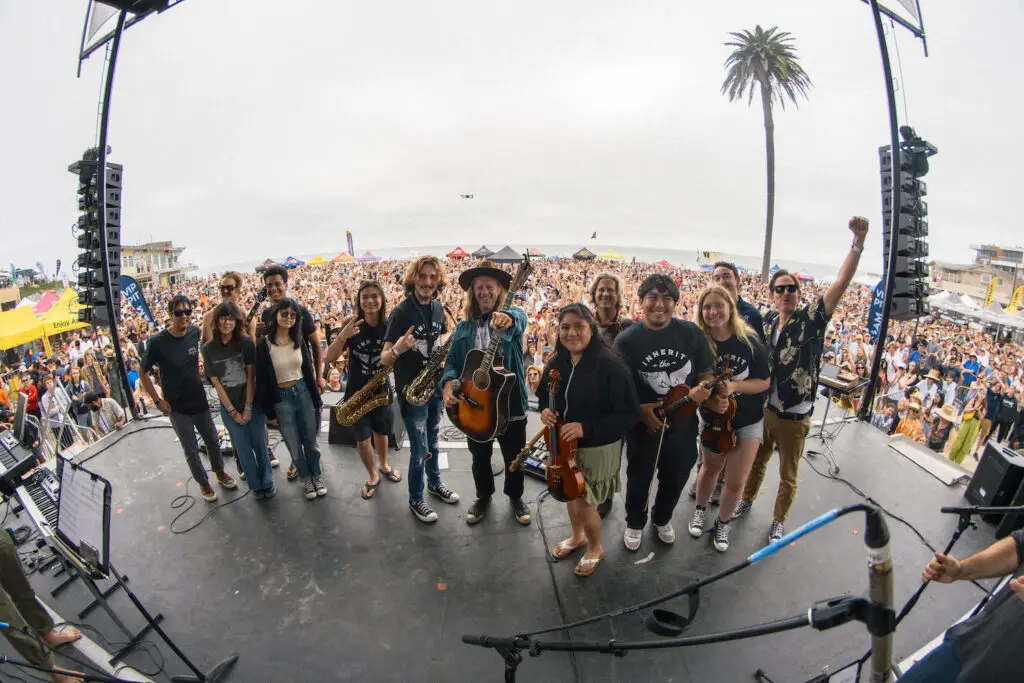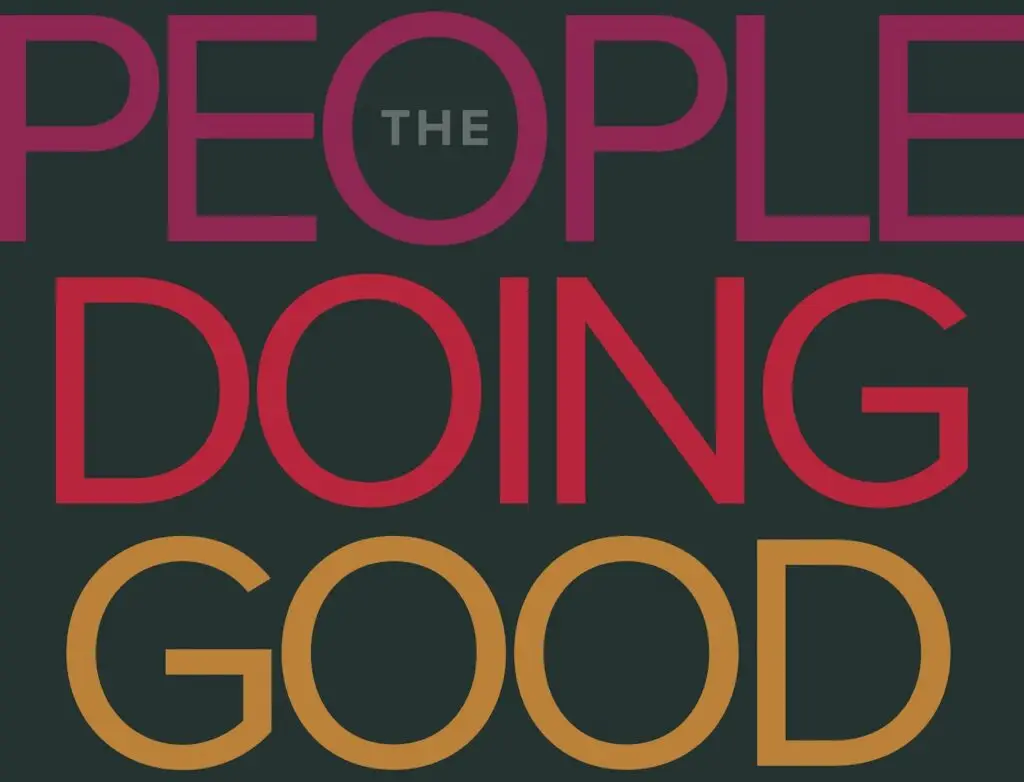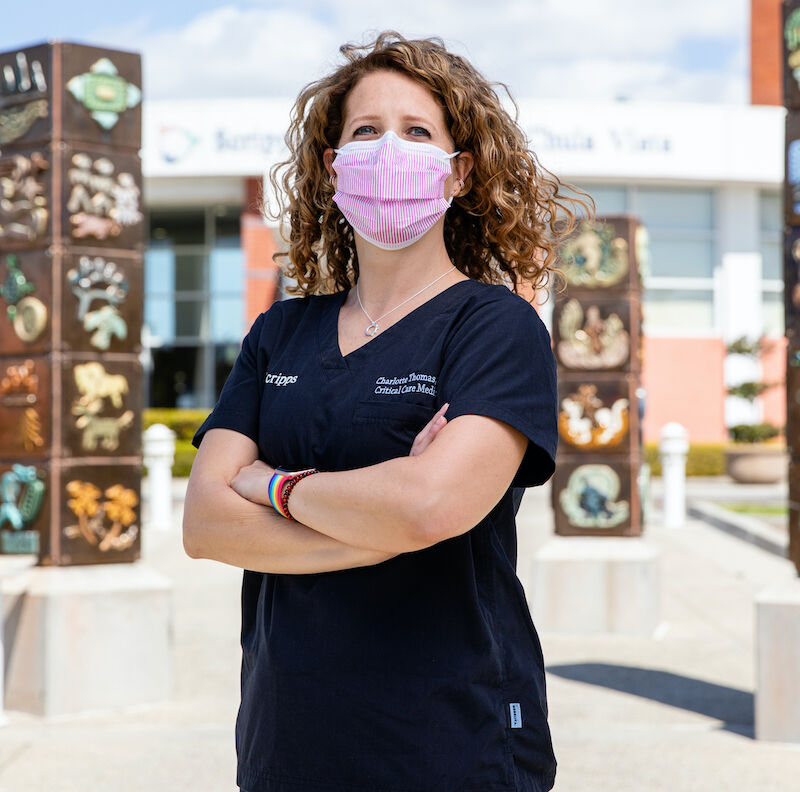
Charlotte Thomas, Scripps Mercy Hospital Chula Vista
Just as military organizations follow a deliberate daily routine during times of crisis, Scripps Mercy Hospital Chula Vista nurse practitioner Charlotte Thomas (pictured opposite) has developed her own “battle rhythm” for 12-hour shifts in the intensive care unit. It starts with a cup of hot coffee. “I need that 10 minutes of sitting at my own kitchen table to get my mindset right,” she says.
Thomas is a US Army veteran who has spent the last year-plus treating the sickest COVID-19 patients. San Diego’s South Bay communities have been disproportionately affected by the illness, consistently reporting the county’s most hospitalizations and deaths.
She drives south from her Coronado home to the hospital, located just 6.5 miles from the US-Mexico border. The first few days of a shift stretch, she can tolerate listening to the news on the car radio. As the week wears on, the stress is harder to shake, so she blasts Metallica or Rage Against the Machine.“I need motivational music,” she laughs.
Her personal protective equipment is layered and uncomfortably warm: Scrubs, including a scrub cap to cover her hair. A hospital- grade mask. Goggles or a helmet-style face shield. Gloves, a gown, and depending on the procedure, another gown on top of that. Patients who are awake and alert can see her eyes and hear her voice.
Translators and a dry-erase board help her communicate with Spanish speakers or those with hearing loss.
“No one has ever called me ‘that quiet girl, Charlotte.’ I have a big voice anyway,” she says. The reality is that Thomas is more often communicating with patients’ families via Zoom, trying to convey difficult concepts and grim prognoses across a digital divide. “It’s very hard to call families every day and not have better updates.”
Scripps Mercy Hospital Chula Vista typically has 24 ICU beds, but fills only 16. Since the pandemic began, the hospital has expanded its available ICU beds to 34, with the according staff and essential equipment, such as mechanical ventilators. When demand exceeds beds, Scripps transfers patients to other hospitals within their system.
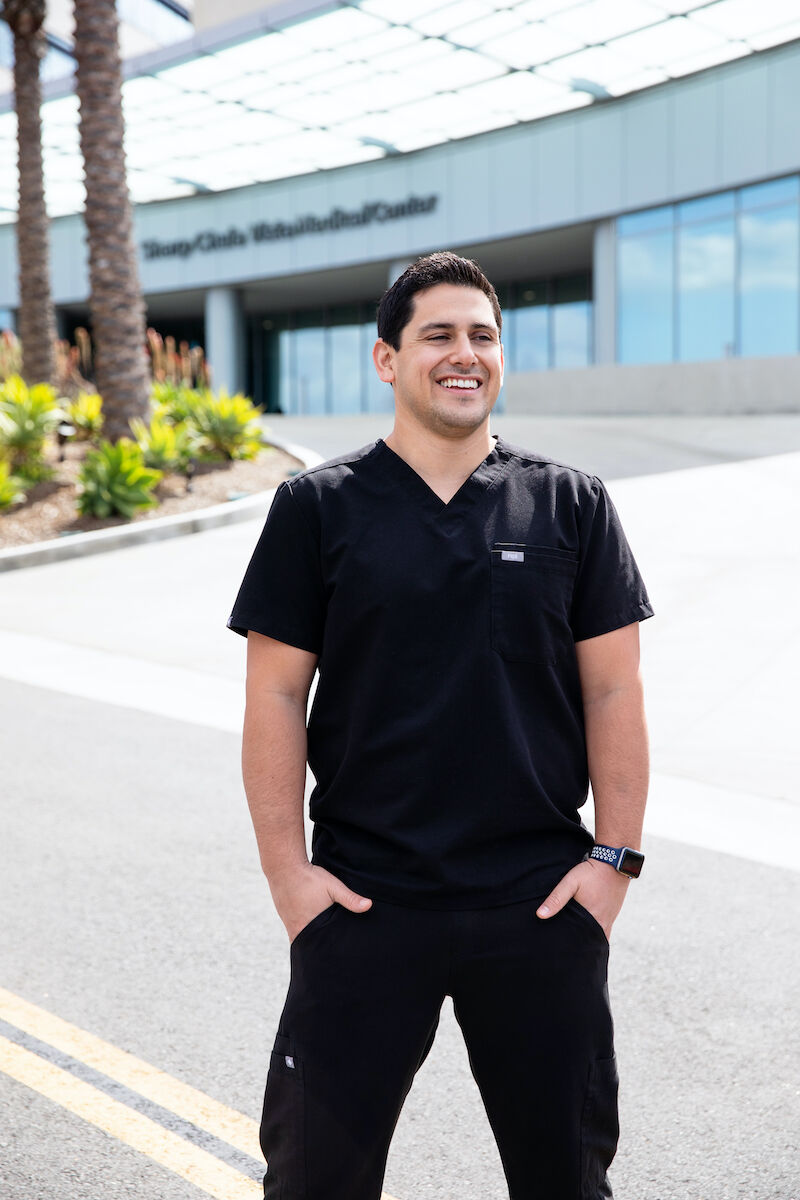
Manuel Manriquez, Sharp Chula Vista
Thomas’s decade in the Army may have prepared her for acute high-pressure situations, but the weight of the coronavirus pandemic is made heavier by its chronic relentlessness.
“This keeps going on and on. It’s a slow, steady burn,” she says. “I say this, and I mean it quite honestly: I love what I do and I know this is what I was meant to do. That said, this has been emotionally exhausting for health care providers.”
To avoid burnout, Thomas has focused on her own mental and physical health. She now sees a therapist weekly. She’s taken up outdoor restorative yoga and augmented her office with low lighting and aromatherapy. When she gets home from work, she takes a 20-minute break to decompress—hot shower, meditation, acupressure mat, peaceful music—before reconvening with her family.
The nursing profession has been tested to its limits this year, she says. It’s a job that takes exceptional knowhow, empathy, and endurance.“Nursing has carried the entire country on its back.”
The Toll
Sharp Chula Vista Medical Center clinical nurse Michael Manriquez says he’s seen more patient deaths in the ICU this year than in his entire career prior—and the patients who do survive may experience a diminished quality of life.
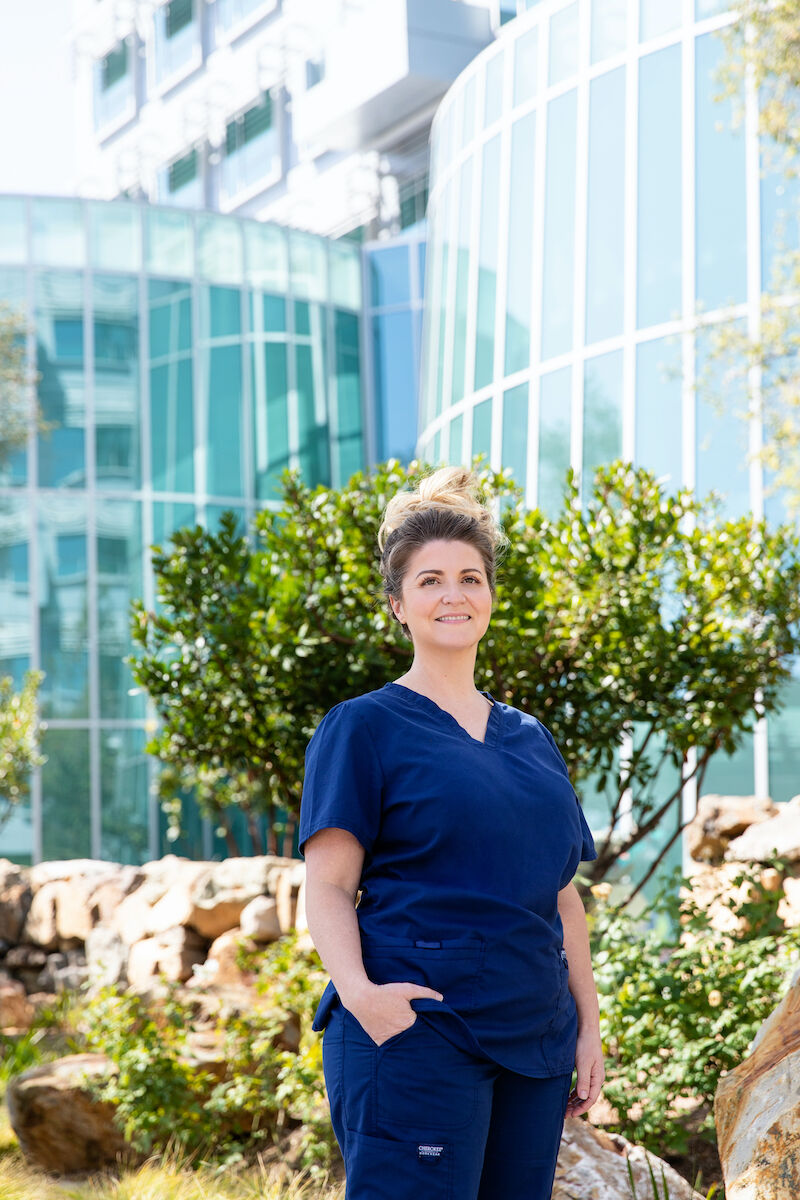
Kristin Wagner, Kaiser Permanente
“It’s been a really weird experience emotionally,” he explains. “We’re supposed to save lives, and I’m wrapping myself around the Hippocratic oath of ‘do no harm.’” His typical off-duty coping mechanisms—hitting the gym, playing basketball with friends, taking the kids to the zoo—have all been hindered by pandemic-related closures.
So he’s shifted his self-care strategy. The Serra Mesa resident now spends more time experimenting with cooking techniques in the kitchen, and gets his workouts on a stationary bike and by lifting weights. “I think a lot of our nurses are digging deep for new ways to cope to keep their sanity,” he says.
The ICU unit in Sharp Chula Vista’s newer hospital tower typically has 28 beds. When COVID-19 cases spiked last year, the ICU took over beds in other parts of the hospital, sometimes filling up to 60 with critical care patients. Hospitals worldwide have gone to great lengths to establish isolation rooms with negative air pressure, which prevents airborne germs from leaving the room.
Sharp Chula Vista also fits its nurses with goggles and N95 respirators, or those powered air-purifying respirator (PAPR) hoods that look like spacesuits. All that ventilation running at one time means the COVID-19 units are extremely noisy. The usual buzzing and dings of medical machines are drowned out by the sound of intense air filtration. “It’s incredible,” Manriquez says.“You’re bordering on yelling to talk to your colleagues. It’s like if you had a fan on at high blast, 24/7.”
Nurses are accustomed to a certain level of sensory overload, known as “alarm fatigue.” The dull roar of air filtration means that when his 12-hour shift is over, Manriquez tries to counter that din.“I’m listening to podcasts or movies, anything to have a different sound in my head,” he says, adding that he’s fortunate to have coworkers who help each other juggle various daily tasks, from updating medical charts to monitoring vitals and assisting physicians.“I’m extremely grateful for the team we have. It is a family. I rely on these people every day. It’s an amazing experience to have that kind of support, especially in those more critical situations.”
The ICU rooms have windows with a view of South Bay that stretches from downtown San Diego to the Mexican border. When the sun sets, Manriquez knows his shift is nearly over. He’ll get out of his PPE, put his shoes in a cubby bin, slip on his house slippers, then drive home to his family.
After taking a shower and kissing the kids goodnight, he eats dinner and readies himself to do it all again tomorrow.
“I think if you ask any nurse, we’re doing this because we want to help people,” he says. “We want to care for people, whether that’s communicating with families, caring for patients, or supporting each other. We just want to help.”
Stretching Ratios
San Diego nurses were trained to handle the Ebola virus outbreak in 2014 and are skilled with influenza and tuberculosis protocols. Yet the COVID-19 pandemic poses challenges that go beyond medical logistics—it’s tough for nurses to not take it personally when people doubt the severity of the illness or snub recommended precautions, like face masks and social distancing.
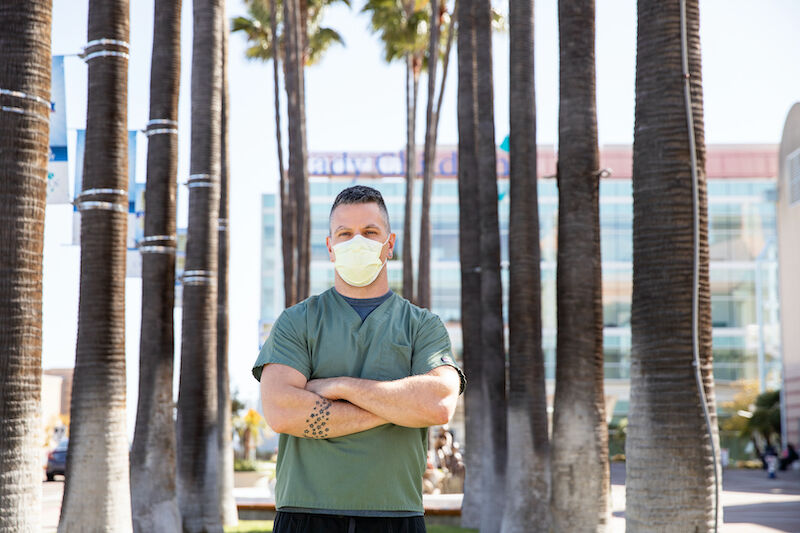
Reid Corley, Rady Children’s Hospital
“It has completely changed everything for so many nurses,” says Kristin Wagner, an ICU nurse at Kaiser Permanente San Diego Medical Center in Kearny Mesa. “It’s such a dagger to our souls to have the public doubt us.”
The nursing shortage in the US is a systemic problem, made worse this year by caseloads that stretched prescribed patient-to-nurse ratios. Kaiser Permanente’s ICU typically assigns two patients to each nurse, though very ill patients get one-on-one care. During surges in COVID-19 cases, nurses sometimes take on three patients at a time. Wagner says: “That’s been the shock for us, to take on that extra patient, because we still want to give 100 percent. Sometimes we’re spread too thin.”
It’s forced some ICUs to think differently about staffing in times of crisis. Kaiser Permanente has been testing out a “team nursing” approach for patient surges, for which Wagner was one of the first volunteers. She has now taken on five ICU patients at a time, with the assistance of a medical surgery nurse borrowed from the hospital’s surgical unit.
The idea was to develop a blueprint for how to manage patient needs, like bed changes and medication dispersal, when being outnumbered is unavoidable. “I wanted to cry a couple of times,”Wagner says.“But my medical surgery counterpart was amazing, and we were successful.” Their plan has since been used by other Kaiser Permanente nurses when ICU counts have peaked.
Wagner says her easygoing nature is likely the reason she was selected to demo the team nursing model. She’s managed the stress of the pandemic through exercise, and by listening to good podcasts or music on her hourlong drive home to Temecula. “I used to hate the idea of my commute, but now I don’t mind,” she says, explaining that it eases the transition.
“I compartmentalize. I’m almost two different people. At work, I’m a nurse. At home, I’m a mom.”
She worries about the families who don’t get to visit ICU inpatients because of strict hospital visitor policies. The isolation is so much harder when a loved one is sick or dying.
“I just want people to know that when their family members are in our care, we treat them like our own,” she says. “We love them so much, and are with them and talk to them even if they’re sedated. We don’t want them to ever feel alone.”
From the Front Lines, Part 2
As told to Marie Tutko
In our August/September 2020 issue, we interviewed Shannon Cotton, an ICU nurse at UC San Diego Medical Center, Hillcrest. At that time, there was a shortage of personal protective equipment, hospitals were understaffed, and a vaccine was nowhere in sight.
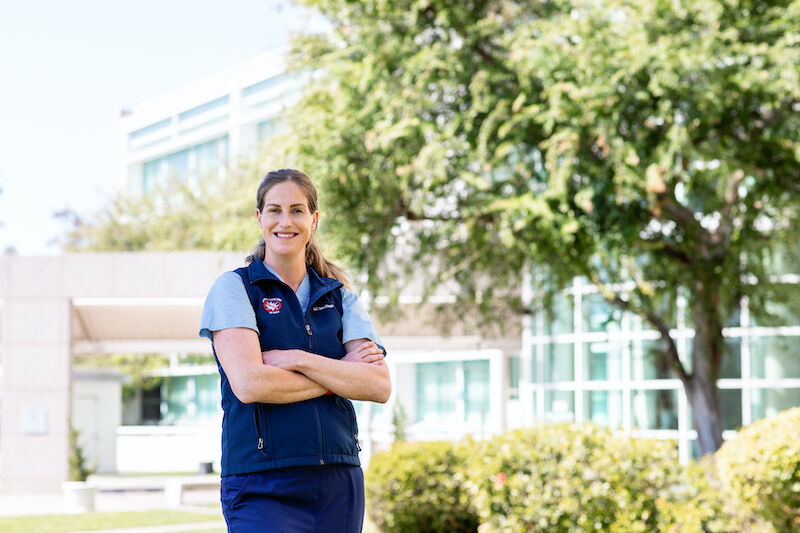
Shannon Cotton, UC San Diego Medical Center
We checked back in with Cotton to talk about how she and her staff endured the winter surge of COVID-19 patients, what’s changed in one year, and the light they see at the end of the tunnel.
Winter was really hard. All of November and December, we were just slammed in the ICU. Nurses and staff were out with COVID and ill or taking care of family members with it. So staffing was a big issue. We had COVID-positive patients not only in the ICU, but throughout the hospital. And because the numbers were so high, there was no way to cohort them. In November, we had to take over one of the hospital’s other ICUs for COVID-positive patients. In my ICU, we’d been taking care of COVID since the beginning—since March 6, that’s the day we got our first— but the other ICU had never taken care of anyone with COVID before then.
The anxiety and the calls we would get during the shift! We’d ask ourselves: “How do we do this? What are the patient isolation procedures? What’s the policy for this?” It was hard. You never get over the emotional toll you go through every shift. You walk in with a little bit of anxiety, you see your patients, you realize this person’s actually doing better than yesterday. And you’re happy. But then a patient might die or get worse, and then depression hits. This circle of emotions you go through, it’s exhausting.
The nurses and the staff really came together in a grassroots effort. We petitioned our hospital administrators, and they agreed to provide us with an extra resource nurse on every shift, so patients who were sicker could receive one-to-one care. And that was really a result of us organizing on the unit and saying: “We can’t take care of people safely. If we don’t have help, I can’t take care of myself. I can’t go and turn and lift and medicate and monitor the sickest of the sick patients without someone having my back and helping me.” That was a huge win.
The Rollout
Now that the vaccines are here, I feel like there’s been a whole shift of attitude. At first it was dark and ominous and we were thinking, “Is this ever going to end?”
Now there’s a light at the end of the tunnel. The vaccine rollout is ramping up, it feels like, and UCSD is a huge part of it with the “superstation” at Petco Park and the staff volunteering there. It’s been such a huge change.
As we saw people getting vaccinated, we would get the email notifications at work— they said: “You’re up for a vaccine; do you want to sign up for it?” It was exciting to receive, and to hear other coworkers say, “Well, I’m off tomorrow and I’m going to get my vaccine!” instead of hearing them say they were going to the beach or just sitting around and zoning out on Netflix. It’s really been uplifting.
I think there’s a lot of concern and chatter going on about the COVID variants that are out there. But honestly, I feel that after hitting this one-year anniversary, we’ve made it and we know we can do it. It’s probably been the biggest challenge of my nearly 14-year career.
All the hard work we put in, demanding and winning our personal protective equipment, our single-use PPE, the PAPR (powered air-purifying respirators), the masks, the permissive and N95 respirators. Since we talked last summer, I think there’s always the fear of another surge, but this time we’re feeling ready and prepared and resilient.
Looking Ahead
PARTNER CONTENT
I feel like we’ve set ourselves up for success in 2021. We can take a breath now and look back and reflect on things that went well, and things we could’ve done differently. There are other health care issues in the community that we’ve forgotten about, or ignored, because COVID has been at the front of our minds. The opioid epidemic is still out there. The housing crisis and the fact that people are living on the streets and getting awful pneumonia in the winter months. I personally feel like I haven’t done as much as I would have in previous years to help that part of my community. I think it’s a good time to refocus on some underlying social issues. While our numbers are plateauing, we have to educate our other health care staff and community clinics that might’ve been closed, or doing only virtual visits, about how to care for COVID patients going forward.

